|
Quyet Thang Squadron at Thanh Son Airport (Phan Rang) on the afternoon of April 28, 1975 after attacking Tan Son Nhat Airport. (Photo: Archive) |
This was the inevitable result of combined strength, in which the military attack with the fist of the 5 main forces was the direct decisive attack, the political attack, the uprising of the masses was the foundation of combined strength, creating the situation that ended the fierce and arduous war, liberating Saigon almost intact. It can be said that it was a unique event in the history of war in the world, with extremely great significance.
During the 1975 Spring General Offensive and Uprising, military, enemy, and intelligence operations were carried out in a diverse manner with many attacks on targets; they played a direct role in the process of ending the war, contributing to the rapid collapse of the entire structure and forces of the puppet army and puppet government, contributing to the complete victory of the Ho Chi Minh Campaign.
The Central Military Propaganda Committee and the Saigon-Gia Dinh Military Propaganda Committee urgently prepared for action in the units and training schools of the puppet army, while calculating the role of the strategic "cards" that had been prepared for a long time - the "top" of the Saigon government. In the countryside, the uprising of the masses in many places had the contribution of the military propagandist spearhead. In the urban areas, in our main units, training camps, and bases, we mobilized soldiers to rebel and join the revolution, contributing to causing confusion and disorder in the puppet army ranks, creating favorable conditions for our main forces to attack.
The Military Propaganda Department directed the internal base to directly attack a number of strategic targets, coordinated with other forces at the right time, contributing to quickly changing the situation on the battlefield; a typical example is Captain Nguyen Thanh Trung, an internal base at Bien Hoa airport, who flew a plane to bomb the Independence Palace on April 8, 1975 at the right time, having a great impact on the entire puppet army and government while both the US and puppets were confused and wavering.
On April 28, 1975, a squadron of the Vietnam People's Air Force led by Captain Nguyen Thanh Trung, used an A-37 aircraft captured from the enemy to take off from Phan Rang airport, secretly flew to Saigon to drop bombs on Tan Son Nhat airport, destroying 24 aircraft of various types, damaging many runways, causing the US air evacuation campaign at this airport to be canceled. The US had to switch to helicopter evacuation right in the city.
In the puppet Navy, our internal forces damaged 2 ships at Bach Dang wharf, destroyed the ship lift at the enemy naval base in Saigon, 1 ship at Tan Cang, 1 ship on the way from Saigon to Con Dao. At the same time, the militia combined with the revolutionary armed forces to capture the Navy Command and the foreign communications department; rose up to occupy Phu Quoc island, captured 18 ships, then called on nearly 40 ships offshore to return.
In the 25th Infantry Division: directed the base of Major Commander of Battalion 1 of Regiment 50 to revolt, disintegrate Armored Division 10, force a unit of Division 25 stationed in Dong Du to surrender, creating favorable conditions for the advance of the revolutionary armed forces into Saigon. In addition, the internal base attacked the bomb and ammunition depots in Long Binh, Bien Hoa, Cat Lai, combining attacks at the right time. We also directed the internal base to paralyze, disintegrate, and push for the surrender of each large unit, making it impossible for the enemy to control the resistance force. The internal base joined the local armed forces as the core for the uprising masses to occupy enemy bases, warehouses, and outposts, creating conditions for the revolutionary armed forces to concentrate on destroying a number of resistance strongholds, quickly and completely resolving all urban areas and towns.
In the key area of Saigon-Gia Dinh, there were typical activities such as: On the afternoon of April 29, 1975, Colonel, Deputy Commander of Quang Trung Training Center ordered to concentrate troops in the camp, put away all weapons, neutralize minefields, "clear the way" for the main force to march through the center, attack Hoang Hoa Tham paratrooper camp.
50 years have passed, the great victory of the 1975 Spring General Offensive and Uprising, culminating in the Ho Chi Minh Campaign, has further demonstrated the lessons learned in military and intellectual work.
Early in the morning of April 30, 1975, our internal force at Quang Trung Training Center hung 400 flags, issued the 10-point Policy Document to Saigon soldiers at 4 camps Vo Tanh, Chu Van Tiep, Le Loi, Duong Mong Hung, calling on soldiers to disband and return to their families. Lieutenant Tran Hue Nhat - an internal base, party member, commander of the Gia Dinh Police Command's security company, and the base occupied the Command, disintegrated the police apparatus below, creating favorable conditions for the masses to rise up and seize power in the central area of Gia Dinh province.
The base of the military propaganda force, together with the locality, occupied the bomb and ammunition depot in Go Vap, Tran Quoc Toan, occupied the Gia Dinh Police Department, Hang Keo outpost, Gia Dinh Administrative Building, Ministry of Veterans, Saigon Court, Mobilization Office, Thu Duc Communications Area, Water Plant, Railway Housing, BGI Factory, Ba Son Navy Workshop, and General Police Department.
Along with the military campaign, intellectual campaign work was also promoted. During the historic Ho Chi Minh Campaign, Saigon-Gia Dinh intellectuals (1) under the direct guidance of the Intellectual Campaign Committee flexibly and sensitively sought ways to weaken the enemy ranks, especially the "top" part of the Saigon government, concentrating forces to overthrow the puppet government from above and from within, contributing to creating a "new situation" to end the war.
The City Party Committee and the Propaganda Committee summoned party members and key members of the Propaganda Committee in the inner city to the base to grasp our direction and know how to flexibly and creatively find ways to weaken the enemy ranks, gather forces to overthrow the puppet army and puppet government from top to bottom, from inside to outside. Messrs. Tran Ngoc Lieng, Phan Khac Tu, Chau Tam Luan, Chan Tin... together with party members and key members of the Propaganda Committee actively worked alongside the Duong Van Minh Cabinet to urge the Saigon government to surrender soon to avoid causing more bloodshed, casualties to the people and damage to the city's infrastructure.
On the afternoon of April 29, 1975, Attorney Trieu Quoc Manh, Commander of the Metropolitan Police Department, ordered 16,000 police officers to go home. The puppet government's apparatus of control at the grassroots level was already crumbling, and now with this order, it disintegrated even faster.
Some of our security agencies in the puppet General Staff seized the keys and documents to hand over to the Liberation Army. At this time, General Vinh Loc - Chief of the General Staff had fled. Mr. Nguyen Huu Hanh - our secret agency, Vinh Loc's Assistant, "took command" of the army. He ordered the soldiers not to destroy the bridge and reported to Duong Van Minh that the military situation was extremely dark to urge Mr. Minh to declare surrender soon.
At 9:30 a.m., General Duong Van Minh went on Saigon Radio to broadcast the "Declaration of the abandoned city" calling on soldiers to cease fire, to remain where they were, and accompanied by the Japanese order of Brigadier General Nguyen Huu Hanh on behalf of the Chief of the General Staff of the Saigon army ordering soldiers of the Saigon army to cease fire, that is, to remain motionless. By May 2, 1975, all the provinces in the Southern Delta, to the remote islands such as Con Dao, Phu Quoc..., the government had completely returned to the people.
50 years have passed, the great victory of the 1975 Spring General Offensive and Uprising, with the peak of the Ho Chi Minh Campaign, has further demonstrated the lessons learned in military and intellectual work. Mass mobilization work is a major strategic policy, constantly contributing to expanding and consolidating the great national unity front against neo-colonialism, against the new-style war of aggression of the US imperialists, liberating the South, and unifying the country. It not only has historical value and profound contemporary significance, but also has the effect of educating traditions, arousing patriotism and national pride for generations of Vietnamese people today and tomorrow. These are also valuable experiences, valuable in both theory and practice, that need to continue to be creatively applied, contributing to firmly protecting the socialist Vietnamese Fatherland in the new situation.
(1) Lawyer Trieu Quoc Manh (our party member in the Intelligence Department) was assigned by Duong Van Minh to the position of Commander of the Metropolitan Police Department. Brigadier General Nguyen Huu Hanh was a base of the Central Military Propaganda Department, and was appointed by Duong Van Minh to hold the position of Assistant Chief of the General Staff of the Saigon Army. Nguyen Van Diep - our core member was appointed Minister of Economy.
Nhandan.vn
Source: https://nhandan.vn/cong-tac-binh-van-dich-van-tri-van-gop-phan-vao-thang-loi-ven-toan-nam-1975-post871022.html


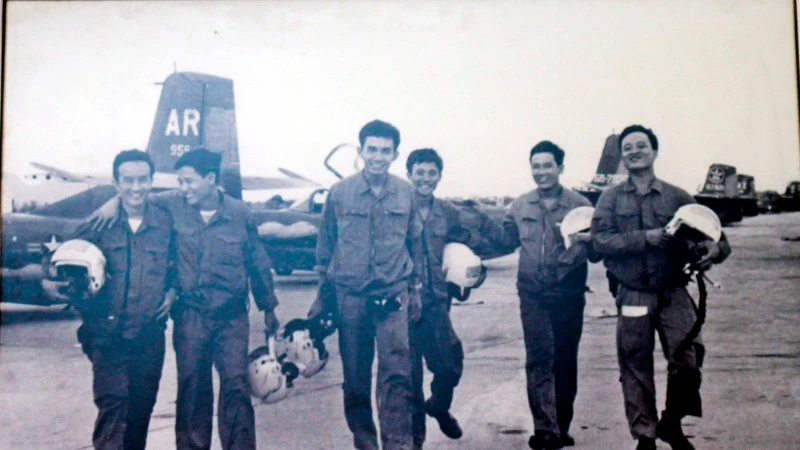

![[Photo] Ready for the top competitions of Vietnamese table tennis](https://vphoto.vietnam.vn/thumb/1200x675/vietnam/resource/IMAGE/2025/5/18/9c547c497c5a4ade8f98c8e7d44f5a41)
![[Photo] General Secretary To Lam visits exhibition of achievements in private economic development](https://vphoto.vietnam.vn/thumb/1200x675/vietnam/resource/IMAGE/2025/5/18/1809dc545f214a86911fe2d2d0fde2e8)



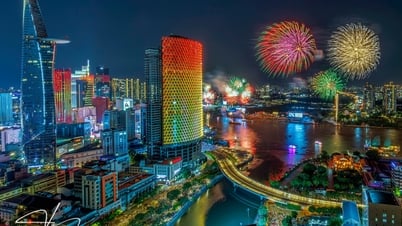

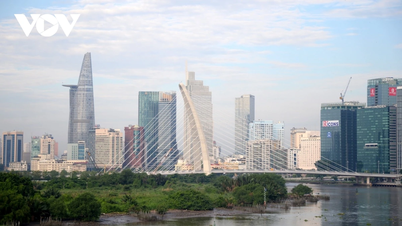



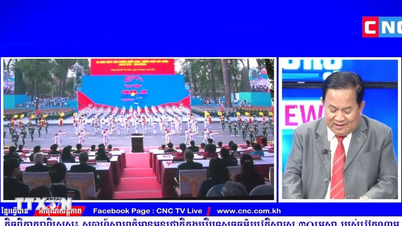

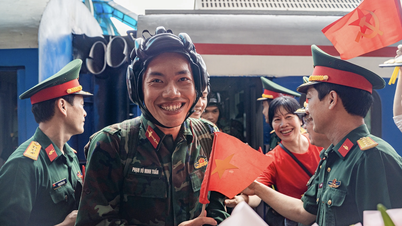

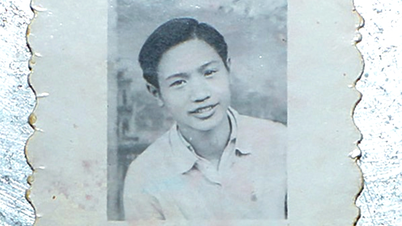
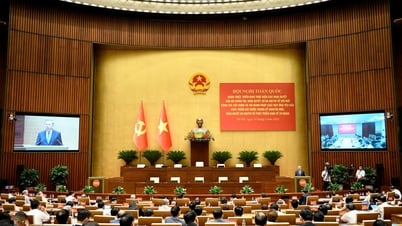



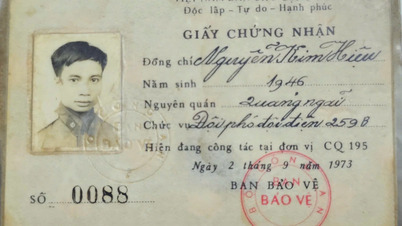
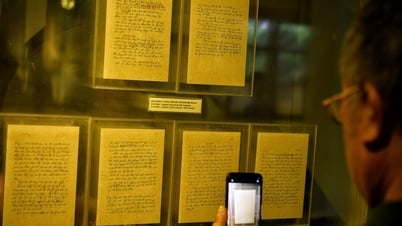

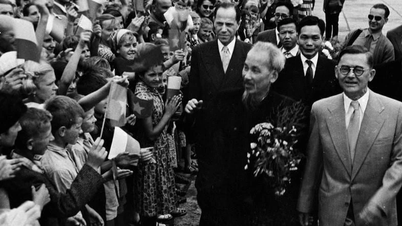
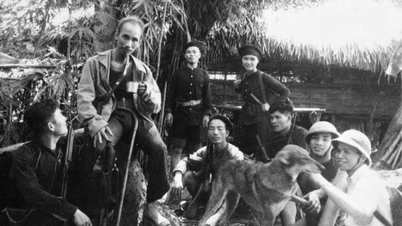




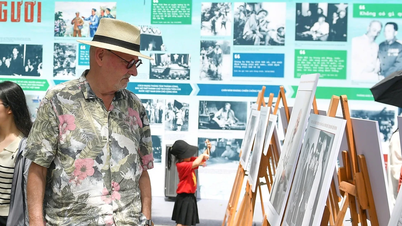
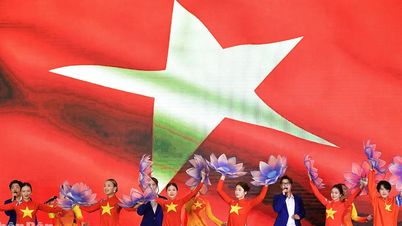
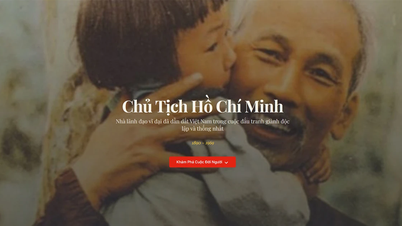
![[Photo] Ready for the top competitions of Vietnamese table tennis](https://vphoto.vietnam.vn/thumb/402x226/vietnam/resource/IMAGE/2025/5/18/9c547c497c5a4ade8f98c8e7d44f5a41)
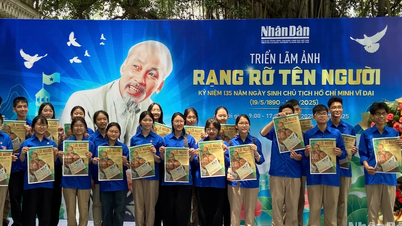
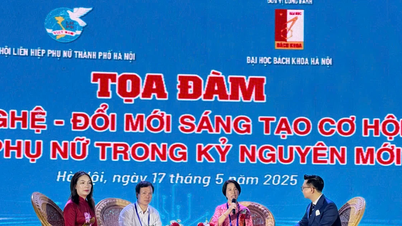
![[Photo] National conference to disseminate and implement Resolution No. 66-NQ/TW and Resolution No. 68-NQ/TW of the Politburo](https://vphoto.vietnam.vn/thumb/1200x675/vietnam/resource/IMAGE/2025/5/18/adf666b9303a4213998b395b05234b6a)
















































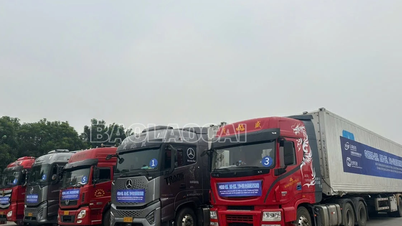

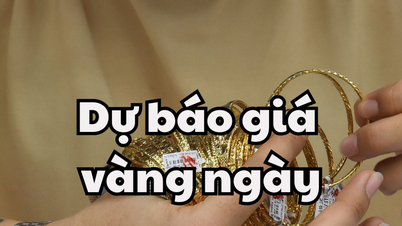
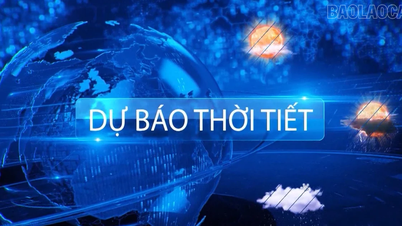











Comment (0)